From black pepper to Sichuan and long pepper, there are seven main types of pepper every home cook should know. Each variety offers unique flavors, heat levels, and culinary uses. This guide breaks down each type in detail, including origin, flavor notes, best applications, and expert buying tips to help you choose the right pepper for any dish.
| Type | Origin | Flavor Notes | Heat Level | Common Uses |
|---|---|---|---|---|
| Black Pepper | India | Earthy, piney | Moderate | Cooking, grinding, seasoning |
| White Pepper | Vietnam, China | Fermented, mild | Low-Moderate | Cream sauces, soups |
| Green Pepper | Madagascar, India | Herbal, tart | Low | Pickles, dressings, sauces |
| Pink Pepper | Brazil | Sweet, floral | Very Low | Desserts, fruit dishes |
| Szechuan Pepper | China | Citrusy, numbing | Moderate-High | Asian stir-fries, hot pots |
| Cubeb Pepper | Indonesia | Clove-like, resinous | Moderate | Gin, spice blends |
| Long Pepper | India, Indonesia | Spicy, warm | High | Curries, stews, historical recipes |
Black Pepper (Piper nigrum)
Black pepper is the undisputed king of the pepper family. Known as the "King of Spices," it’s pungent, woody, and slightly sharp—perfect for grounding both savory and sweet dishes.
- Flavor Profile: Earthy, pine-like, mildly hot
- Best For: Everyday cooking, sauces, marinades, rubs
- Tip: Always grind fresh—pre-ground pepper loses potency quickly.
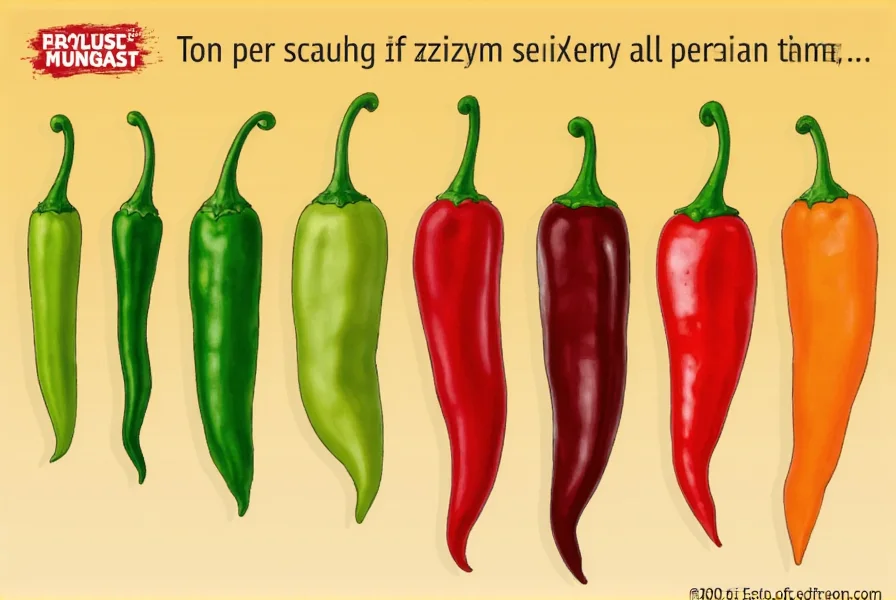
White Pepper
Made from the inner seed of the peppercorn after the outer layer is removed, white pepper offers a smoother, more mellow heat. It’s commonly used in French and Chinese cuisine.
- Flavor Profile: Less aggressive, earthier, with a hint of fermentation
- Best For: Cream-based sauces, soups, light-colored dishes where appearance matters
- Pro Tip: Ideal for blending into béchamel or mashed potatoes without dark specks.
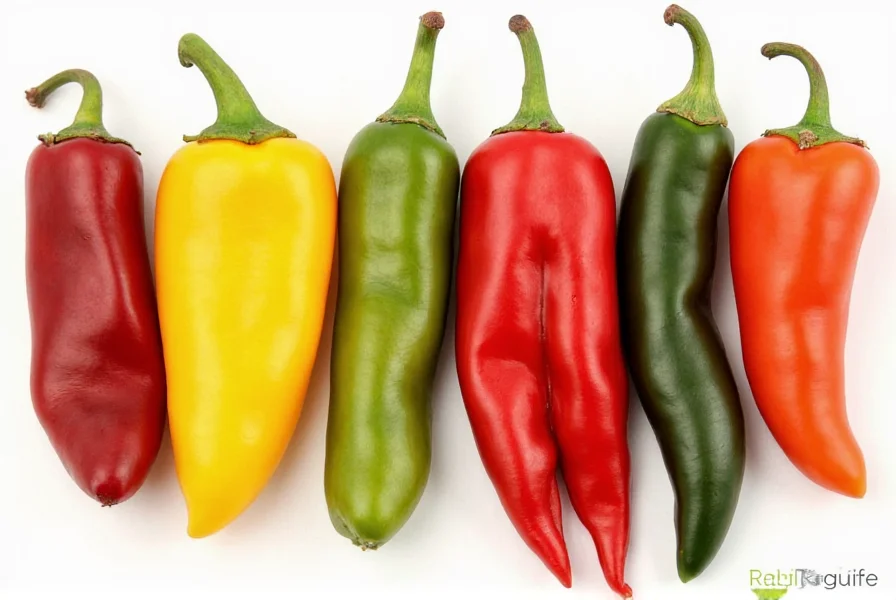
Green Pepper
Green peppercorns are simply unripe black peppercorns that are either dried, brined, or freeze-dried. They have a fresher, herbal quality compared to their darker counterparts.
- Flavor Profile: Fruity, tart, grassy
- Best For: Thai dishes, steak au poivre, pickling, vinaigrettes
- Fun Fact: Brined green peppercorns make a great addition to cocktails like Bloody Mary!
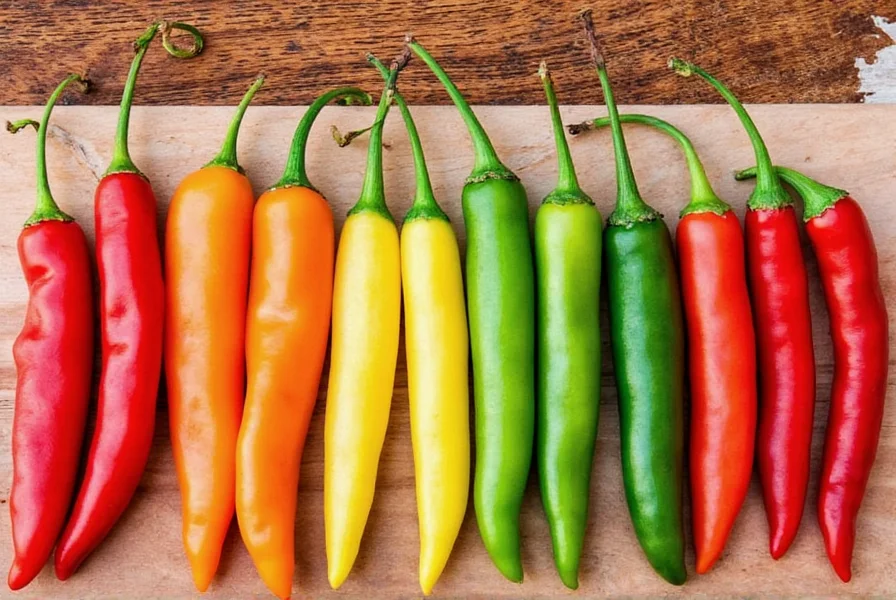
Pink Pepper (aka Brazilian Pepper)
Not actually a true pepper, pink peppercorns come from the Schinus terebinthifolius tree. With a sweet, berry-like flavor, they add a colorful pop and gentle heat.
- Flavor Profile: Sweet, fruity, floral
- Best For: Desserts, fruit salsas, salads, cheese boards
- Caution: Avoid excessive use—can be bitter or cause allergic reactions in some people.
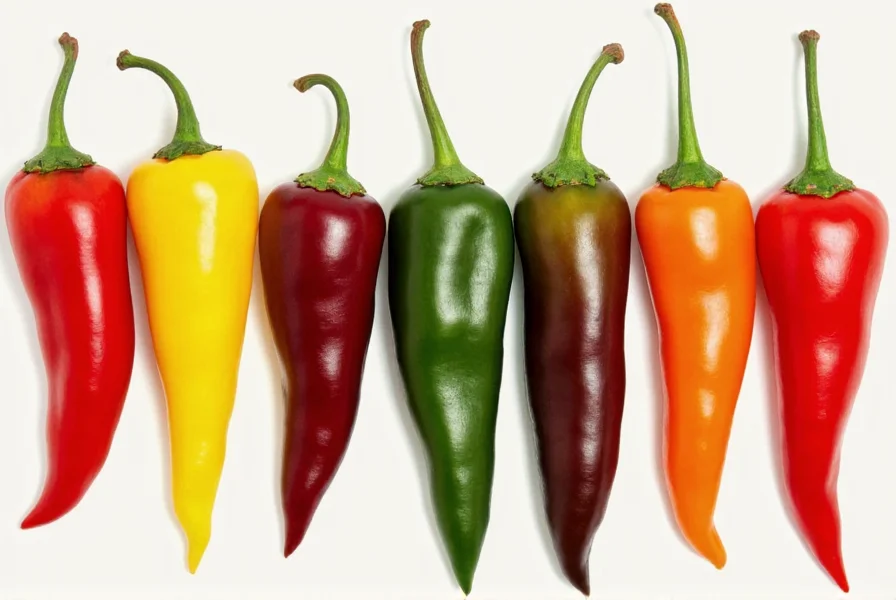
Szechuan (Sichuan) Pepper
Technically not a pepper but a member of the citrus family, Sichuan pepper delivers a numbing sensation called ma, which makes it uniquely satisfying when paired with chili heat.
- Flavor Profile: Citrusy, floral, tongue-numbing
- Best For: Stir-fries, dry pots, Ma Po Tofu,麻辣火锅 (mala hot pot)
- Usage Note: Toast before grinding to enhance aroma and reduce bitterness.
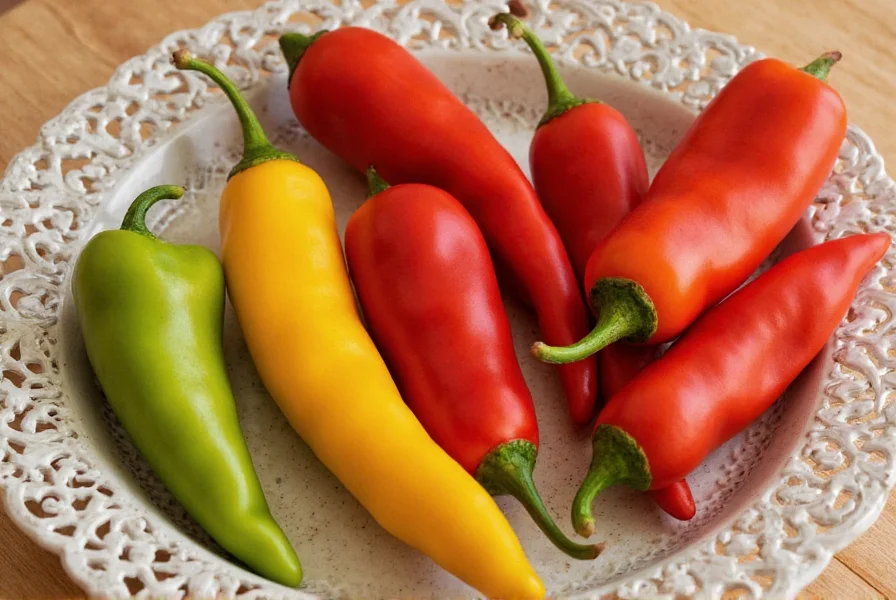
Cubeb Pepper
Cubeb pepper, also known as tailed pepper, is a lesser-known gem with a clove-like aroma and resinous finish. It was once a staple in medieval European kitchens.
- Flavor Profile: Woody, clove-like, smoky
- Best For: Spiced wines, gins, Moroccan tagines
- Historical Fun: Used in early perfumes and medicinal tonics.
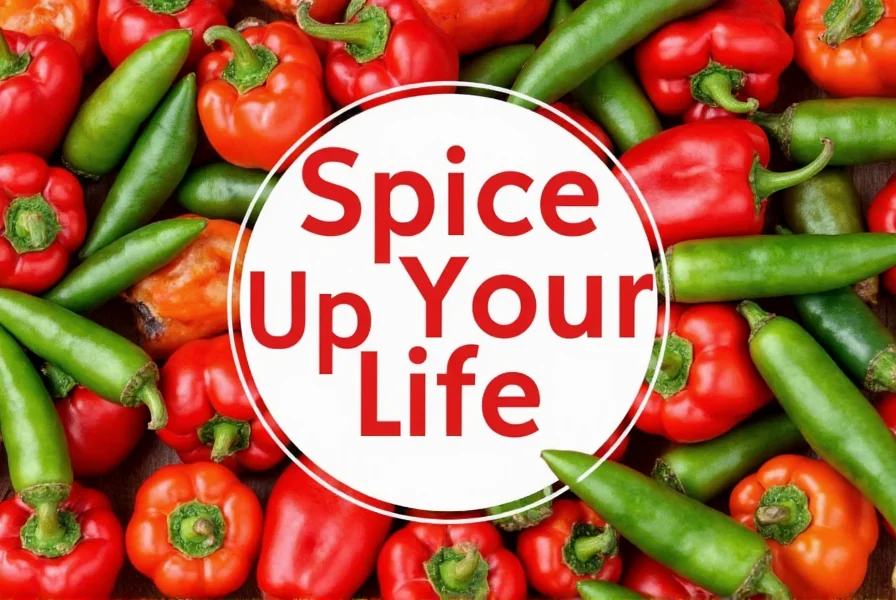
Long Pepper (Piper longum)
Once more prized than black pepper in ancient Rome, long pepper is making a comeback. Its complex flavor includes notes of cinnamon and nutmeg, with deeper heat than black pepper.
- Flavor Profile: Sweet, spicy, layered
- Best For: Curries, stews, spiced chocolate, historical recipes
- Secret Weapon: Excellent in mulled wine or spiced cider during fall and winter.
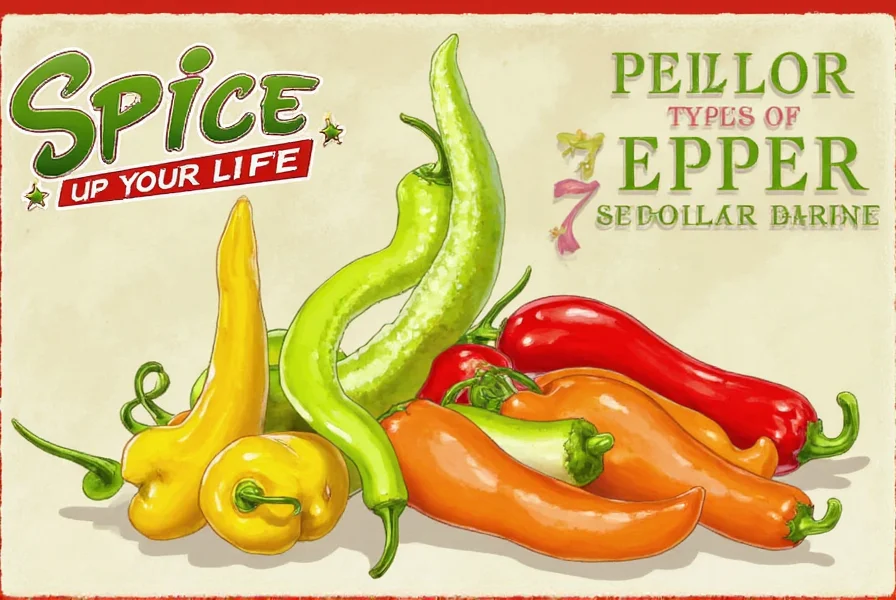
Buying Guide: Choosing the Right Pepper for You
Whether you’re a seasoned chef or a home cook exploring new flavors, selecting the right pepper is key to unlocking the best taste in your kitchen. Here’s a quick guide to help you make smart choices:
1. Whole vs. Ground
Whole peppercorns retain their flavor longer and allow for custom grinding, ensuring maximum freshness. Invest in a good pepper mill for best results.
Ground pepper is convenient but degrades quickly when exposed to air and light. Store in an airtight container away from heat sources.
2. Packaging & Storage Tips
- Buy in small quantities to ensure freshness.
- Store whole peppercorns in a cool, dark place in glass jars or metal tins.
- Grind only what you need to preserve volatile oils responsible for flavor and aroma.
3. Quality Indicators
- Look for whole peppercorns that are plump, heavy, and free of mold or dust.
- Avoid pre-ground pepper that looks dull or smells weak—fresh pepper should be aromatic.
- Pink peppercorns may vary in color; darker ones tend to be riper and more flavorful.
4. Organic vs. Conventional
While not strictly necessary, organic peppercorns often reflect better farming practices and fewer chemical residues. If you use large amounts of pepper in your cooking, opting for organic is worth considering.
5. Recommended Brands
- Penzeys Spices: Known for high-quality, bold-flavored spices, including rare peppercorns.
- Spice Islands: Affordable and consistent quality for everyday use.
- La Flor: Offers gourmet Sichuan pepper with authentic flavor profiles.
How to Use Different Types of Pepper in Everyday Cooking
Now that you know your peppercorns, let’s talk about how to use them effectively:
For Meat Lovers
- Use coarsely ground black pepper in meat rubs for steaks and roasts.
- Add crushed Sichuan pepper to grilled pork or lamb for a numbing kick.
- Try green peppercorns in a creamy pepper steak sauce.
For Vegetarians and Vegans
- Enhance roasted vegetables with freshly cracked black pepper.
- Make a pink pepper-infused oil to drizzle over salads or vegan cheeses.
- Add a pinch of cubeb pepper to lentil soups for a mysterious warmth.
For Bakers
- Incorporate black pepper into gingerbread or molasses cookies for complexity.
- Pair pink pepper with dark chocolate or fig desserts for a surprising twist.
- Long pepper complements cardamom and cinnamon in spiced cakes and pastries.
For Cocktails & Beverages
- Muddle green peppercorns into a classic gin martini.
- Rim cocktail glasses with finely ground pink pepper for a festive touch.
- Add a few grains of long pepper to mulled wine or chai tea.
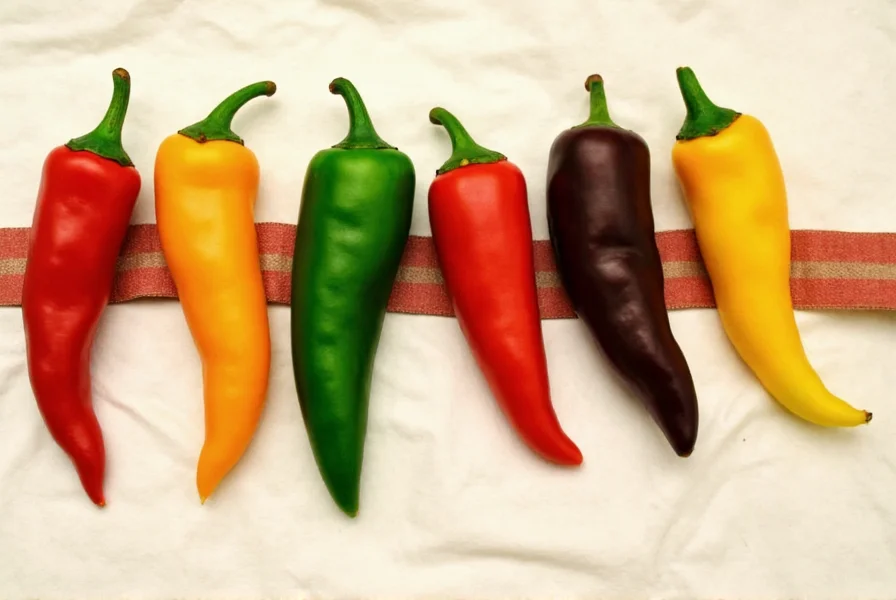
Frequently Asked Questions
What are the health benefits of different peppers?
Black pepper contains piperine, which enhances nutrient absorption and has antioxidant properties. Sichuan pepper may aid digestion, while pink pepper offers mild anti-inflammatory benefits. Always consult a healthcare provider for medical advice.
Can I substitute one pepper type for another?
Yes, but with caveats. Black pepper works as a baseline substitute for most recipes. For white pepper dishes, use a mix of black pepper and a pinch of salt to mimic fermentation notes. Sichuan pepper has no direct substitute due to its unique numbing effect.
How long do whole peppercorns stay fresh?
Properly stored in airtight containers away from light and heat, whole peppercorns maintain peak flavor for 2-3 years. Ground pepper loses potency within 4-6 months. Freeze-dried green peppercorns last about 1 year after opening.
Which pepper is hottest?
Long pepper delivers the highest heat intensity, followed by black pepper and Sichuan pepper (which adds numbing sensation rather than pure heat). White and pink peppers are the mildest varieties.
Are pink peppercorns safe for everyone?
Pink peppercorns can cause allergic reactions in people sensitive to cashews or pistachios due to shared botanical family. They're generally safe in culinary amounts but should be avoided by those with known tree nut allergies.
Where can I find specialty peppers like cubeb or long pepper?
Well-stocked spice shops, international markets (particularly Asian or Indian grocers), and online retailers like Amazon, Penzeys, or The Spice House carry specialty peppercorns. Gourmet grocery stores often stock Sichuan and pink peppers.
Final Thoughts
Understanding the many faces of pepper empowers you to cook with more creativity and confidence. From the bold bite of black pepper to the floral finesse of pink, each type brings something special to the table. By knowing their strengths and ideal uses, you’ll unlock layers of flavor you never knew existed.
So next time you reach for the pepper grinder, ask yourself: What kind of flavor am I really looking for? Your answer might just lead you to try a new favorite spice—and elevate every meal along the way.
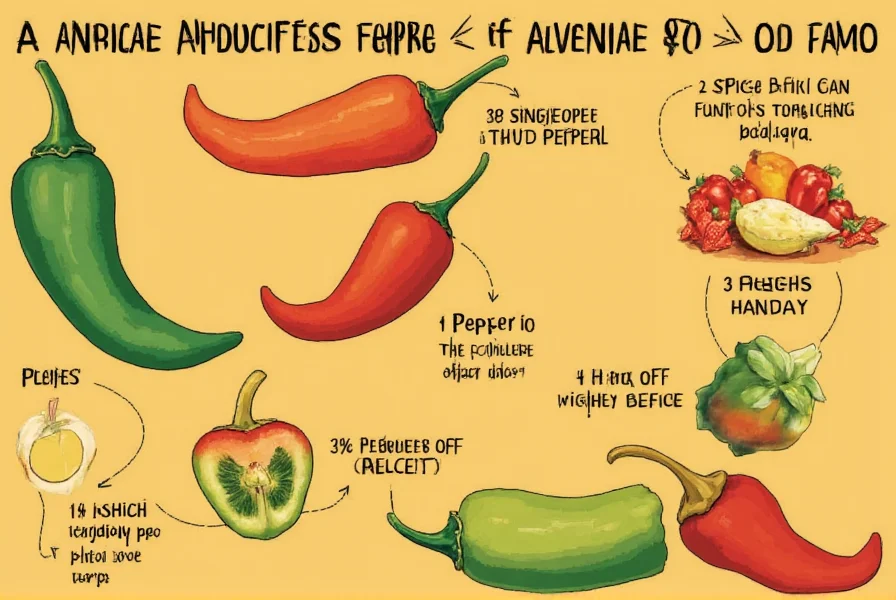

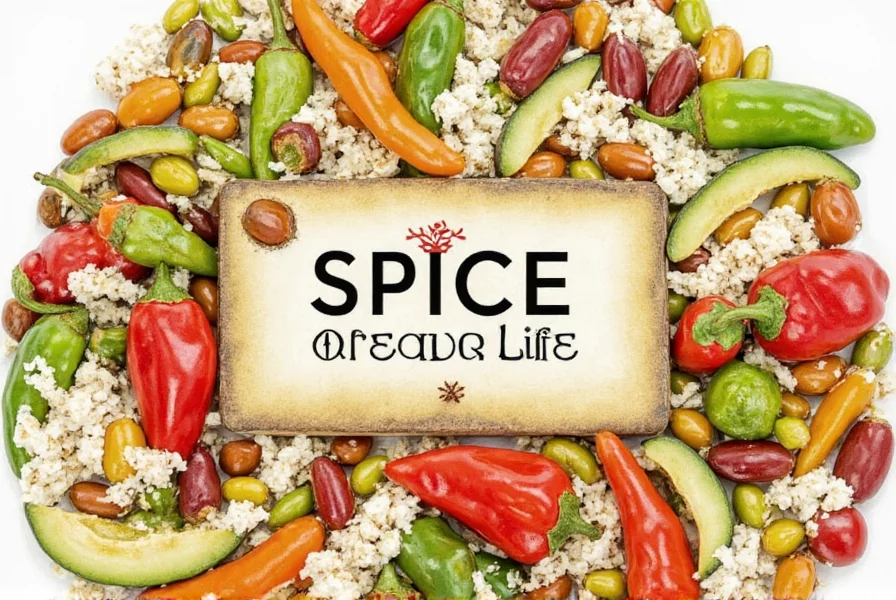









 浙公网安备
33010002000092号
浙公网安备
33010002000092号 浙B2-20120091-4
浙B2-20120091-4